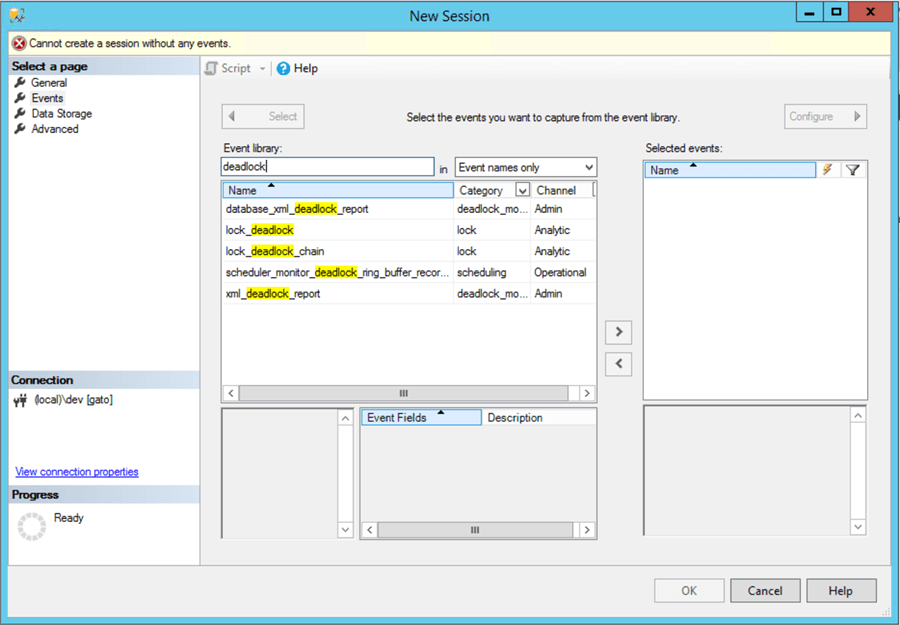
It’s also worth noting that locks can lead to performance degradation, deadlocks, and data loss if used improperly. Consequently, the locking mechanism is designed to solve concurrency problems. In turn, the locking mechanism is used to implement the transaction isolation requirement. For example, MSSQL Server executes this operation, using different levels of transaction isolation: Modern DBM Systems are capable of solving these issues, using built-in mechanisms. As a result, the same selections in the previous transaction return different sets of rows. At the same time, in the intervals between these selections, another transaction adds or deletes rows or modifies the columns of some rows, which are used in the selection criteria for the previous transaction, and ends successfully. Phantom reads can be witnessed when one transaction is executed selecting multiple rows several times according to the same criteria. Non-repeatable read manifests itself when the previously read data is modified during the rereading operation in a single transaction Dirty read is such a read when data from some other transaction, which is subsequently rolled back, may be read, added, or modified
#Deadlock sql update
The lost update issue happens when two transactions simultaneously UPDATE the same row, and modifications introduced by one transaction are erased by another one In distributed systems used as database storage, various side effects with parallel data access may emerge:
#Deadlock sql software
In this article series, we’ll talk about locks we came across when developing software products.īefore we proceed, let’s briefly recollect why we need locks in the first place. What diagnostic tools and means we used to reveal deadlocks What types of locks we used while developing our products In these articles, we’ll share our experience accumulated in our company on the following issues:
#Deadlock sql series
We have started a series of articles dedicated to locks in databases. Besides, deadlocks may also occur, and they need to be dealt with.

The “victim” session is chosen according to the session’s deadlock priority.Complex, distributed, high-load systems very often experience the concurrent data access issue which triggers various kinds of locks in database queries. The value LOW corresponds to ?5, NORMAL (the default value) corresponds to 0, and HIGH corresponds to 5. There are 21 different priority levels, from ?10 to 10. You can affect which transaction the system chooses as the “victim” by using the DEADLOCK_PRIORITY option of the SET statement. (The other transaction is executed after that.) A programmer can handle a deadlock by implementing the conditional statement that tests for the returned error number (1205) and then executes the rolled-back transaction again. If both transactions in Example 13.5 are executed at the same time, the deadlock appears and the system returns the following output:Īs the output of Example 13.5 shows, the database system handles a deadlock by choosing one of the transactions as a “victim” (actually, the one that closed the loop in lock requests) and rolling it back. Therefore, Example 1 below uses the WAITFOR statement to pause both transactions for ten seconds to simulate the deadlock. The parallelism of processes cannot be achieved naturally using the smallsampledatabase, because every transaction in it is executed very quickly. (In general, several transactions can cause a deadlock by building a circle of dependencies.)Įxample 1 below shows the deadlock situation between two transactions.

The first transaction has a lock on some database object that the other transaction wants to access, and vice versa.

A SQL Server deadlock is a special concurrency problem in which two transactions block the progress of each other.


 0 kommentar(er)
0 kommentar(er)
